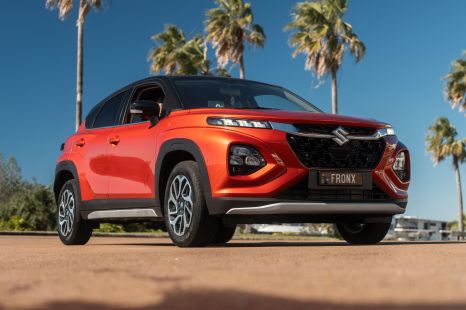

William Stopford
2025 Suzuki Fronx review
1 Month Ago
The mid-ranger of the popular Seltos range blends powertrain modesty with upmarket looks and decent equipment. So is the Sport+ FWD the sweet spot in the range?
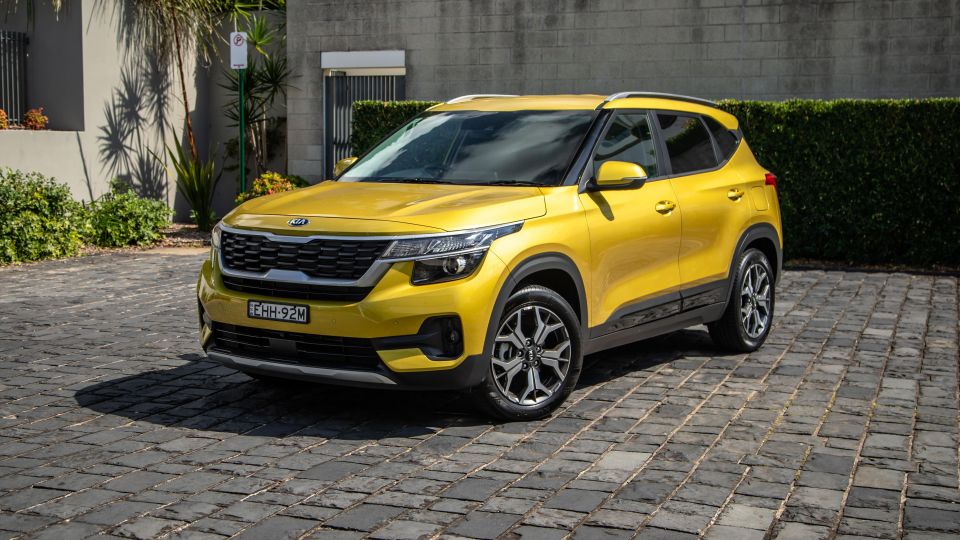


Journalist

Journalist


Journalist

Journalist
Quickly see how this car stacks up against its competition. Select any benchmark to see more details.
Where expert car reviews meet expert car buying – CarExpert gives you trusted advice, personalised service and real savings on your next new car.
It’s fair to write that the Kia Seltos has hit the mark for its maker since the fashionable small-SUV latecomer arrived on the Aussie market in 2019.
In less than two years its climbed to the upper reaches of one of the toughest segments, propelled by a range big on style and a line-up of variants broad enough on pricing and features to appeal to a variety of prospective buyers. Has it been a certifiable success? You bet.
Right in the middle of the Seltos range sits the Sport+ FWD, blending slightly fitter than mid-range equipment with what’s ostensibly the lower-spec 2.0-litre petrol front-driven drivetrain.
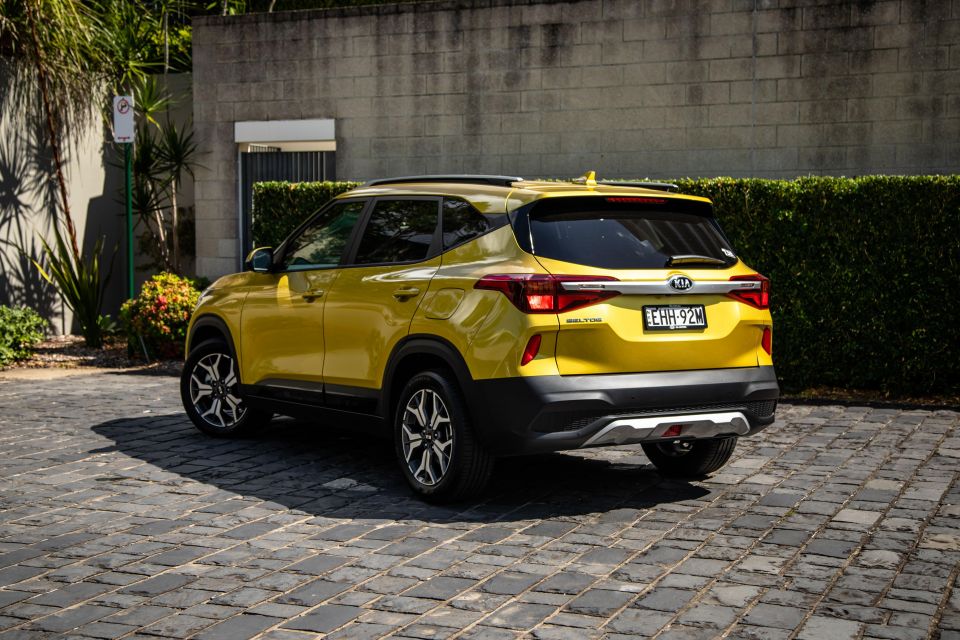
While it’s a bit early in the fledgling nameplate’s lifecycle to go looking for a facelift, the entire range has copped a bit of a price rise for 2021 and, in trade, there’s been a sprinkling of running changes up and down the five-strong line-up – or seven if you include Safety Pack-equipped iterations of the lower-grade S and Sport.
So what’s new? And does the new stuff, including the price hike, alter the sheen on the Seltos halo?
Further, is enough of the right sort of balance in the Kia Seltos Sport+ FWD to lure you away from other version sat either side of it in range?

The naturally-aspirated front-driven Sport+, also called ‘Sport Plus CVT’ on its public website, it priced at $33,290 before on-roads at the time of writing. Thing is, pricing has been a bit of moving target in Seltos’ short stint on the local market.
Our version launched in late 2019 as a $32,990 drive-away prospect, but as seen two price rises – mid-2020 and early 2021 – to arrive at $32,790 list for this MY21 rolling update.
The price has gone up another $500 since, to the current $33,290 list, which according to the online configurator works out to an ‘offer’ price of $35,290 drive-away according to the local configurator.
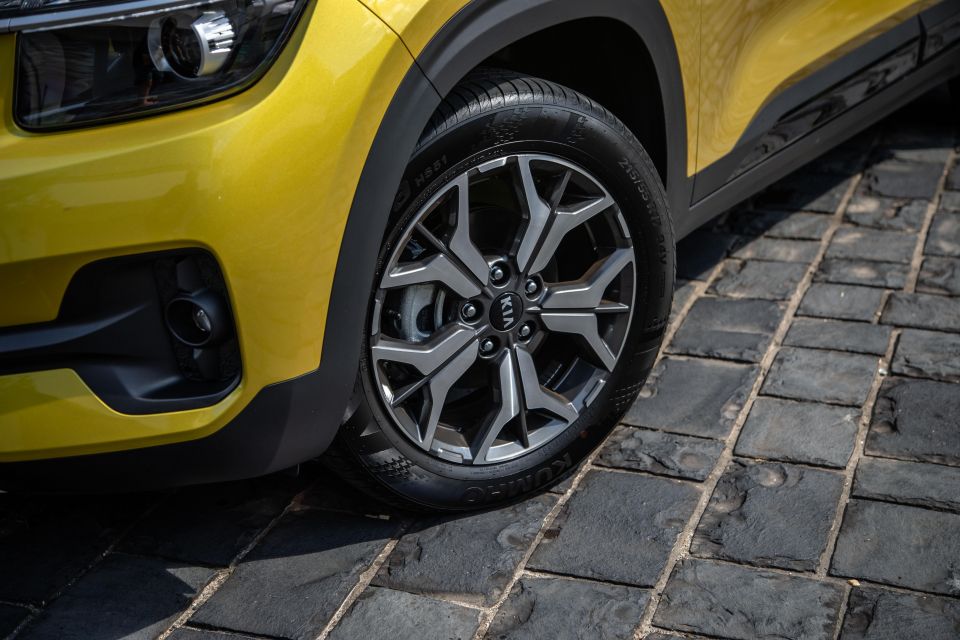
It’s worth digging through our MY21 Seltos pricing and spec story for the full range breakdown but, in essence, the middling Sport+ is the only variant in range that can be had in front-driven CVT form as tested here or in higher-grade ‘DCT’ guise, which fits a turbocharged 1.6-litre engine, a dual-clutch transmission (as per its namesake) and all-wheel drive.
At $36,790 list, the step-up to the lustier powertrain is a $3500 premium, be it before on-roads or in drive-away pricing.
On bold-faced list price alone, and sans other complications such as powertrain type, some logical small-SUV cross-shops include the Honda HR-V RS ($33,690 list), Hyundai Kona Elite ($31,600 list), Mazda CX-30 G20 Evolve ($31,590 list), MG ZST Essence ($31,490 list), Mitsubishi ASX Exceed ($33,490 list) and Mitsubishi Eclipse Cross LS 2WD ($32,590 list).
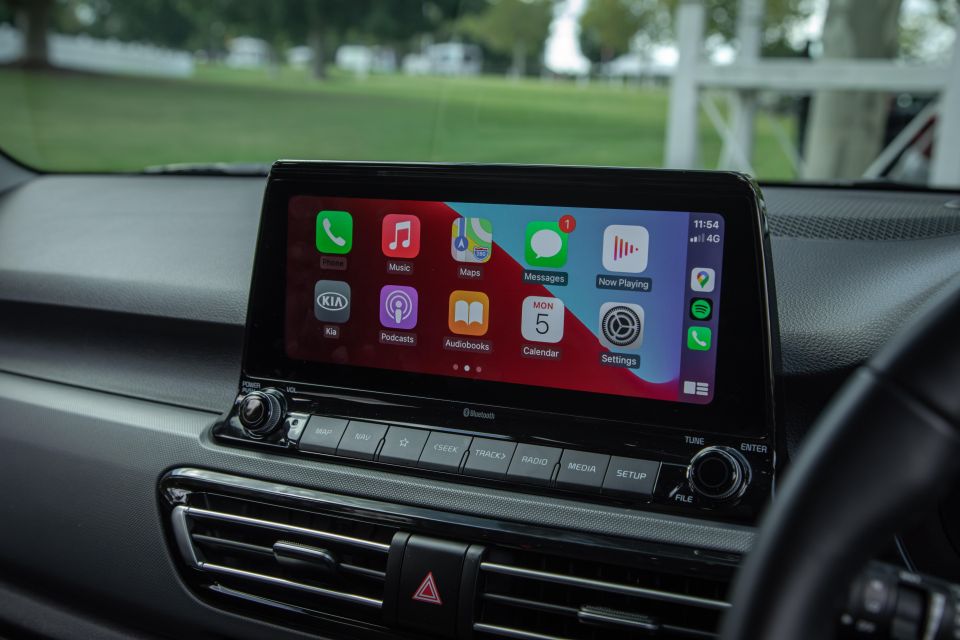
There’s also the Nissan Qashqai ST+ ($32,290 list), Peugeot 2008 Allure ($34,990 list), Skoda Kamiq Monte Carlo ($34,190 list), Subaru XV 2.0i Premium ($34,590 list), Suzuki Vitara Turbo Allgrip ($34,490 list), Toyota CH-R Koba 2WD ($35,165 list) and Volkswagen T-Roc 110TSI Style ($33,990 list) as a whole lot of usual suspect alternatives.
And that’s before you ponder chasing different powertrain types in segment, or consider what low- to mid-thirties buys in one-size-up medium SUVs.
There aren’t many option per se for Sport+ though premium paint does add $520 in any of the six colours outside of the Starbright Yellow metallic of our test car. That’s right: the hero hue of sorts is standard issue and at no cost.

Buy your new car without the stress. It's fast, simple and completely free.

Great service from Travis and team, second time I have used this business would not hesitate to recommend them to anyone
Craig C.
Purchased a Ford Ranger in Sunshine Coast, QLD
CarExpert helped Craig save $7,224 on his Ford Ranger, now let us save you on your next new car.
Get your BEST priceOn balance, the Sport+ offers a balance of both fancy and workmanlike spec that’s fairly expected in mid-grade offerings in its segment.
Outside, the Sport+ fits 17-inch alloy wheels, heated power-folding mirrors, dusk-sensing projector-type halogen headlights with high-beam assist, front and rear parking sensors, rear privacy glass. You have move up to the flagship GT-Line to get LEDs and rain-sensing wipers, while cruise control is adaptive in this variant.
The cabin features cloth and faux leather seat trim, mechanical seat adjustment, keyless start, an electric park brake, single-zone climate control, an auto-dimming rear-view mirror, a single 12-volt and dual USB outlets, LED interior lighting, a guided reversing camera and a full-size alloy spare wheel.
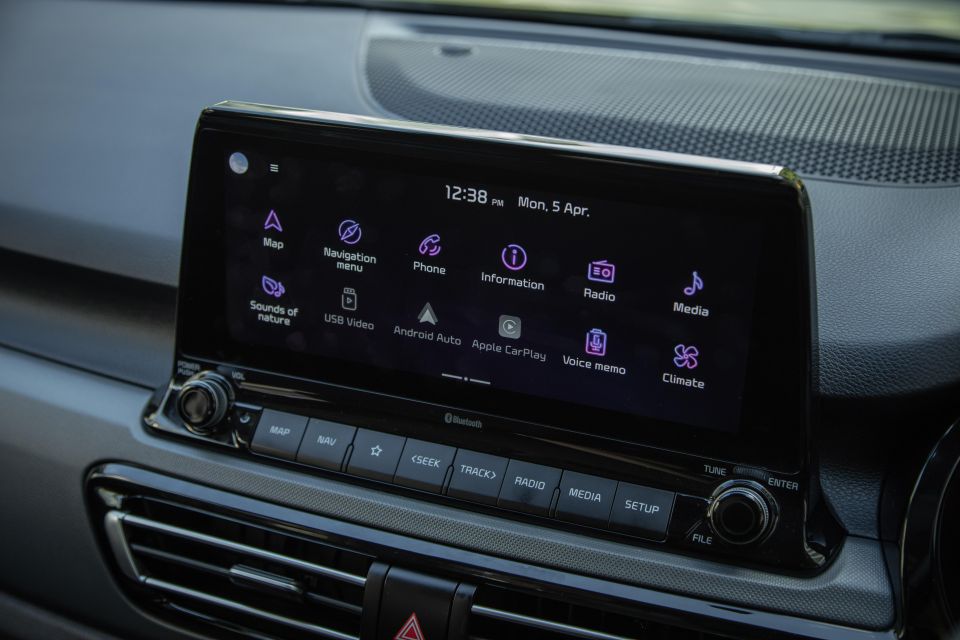
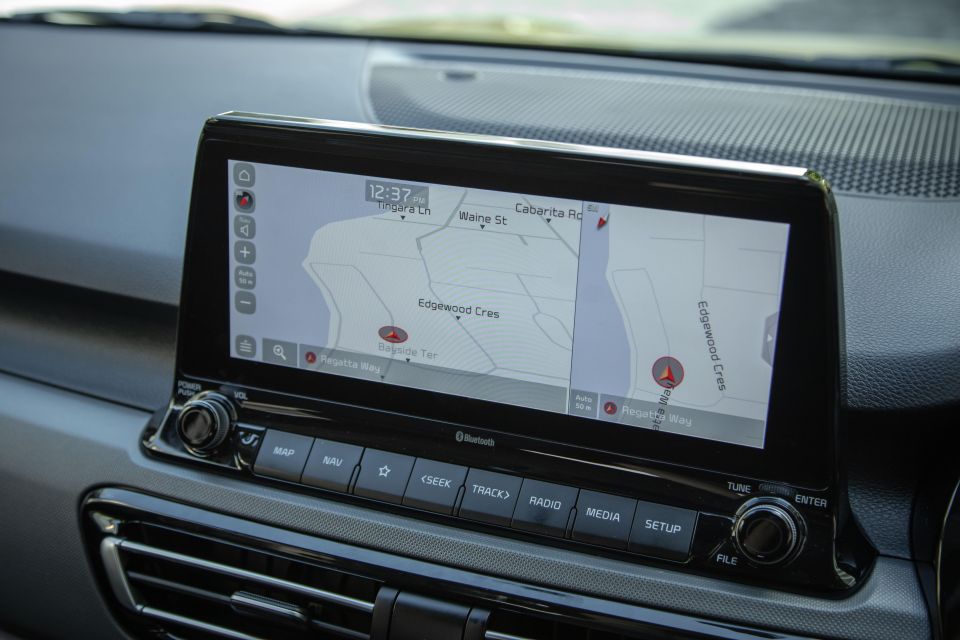
The big-ticket item, though, is the 10.25-inch touchscreen infotainment system that includes proprietary sat-nav, DAB+ and wired smartphone mirroring with both Apple and Android compatibility.
There are various extras the ‘Plus’ adds over the regular Sport (Safety Pack) version, including the aforementioned front sensors, upgraded seat trim, keyless entry and remote start, and details such as a front sliding arm rest, centre rear arm rest with integrated cup-holders and illuminated vanity mirrors.
But, the main difference is the addition of blind-spot assist and rear cross-traffic assist, both of which are reserved for the Sport+ and GT-Line grades.
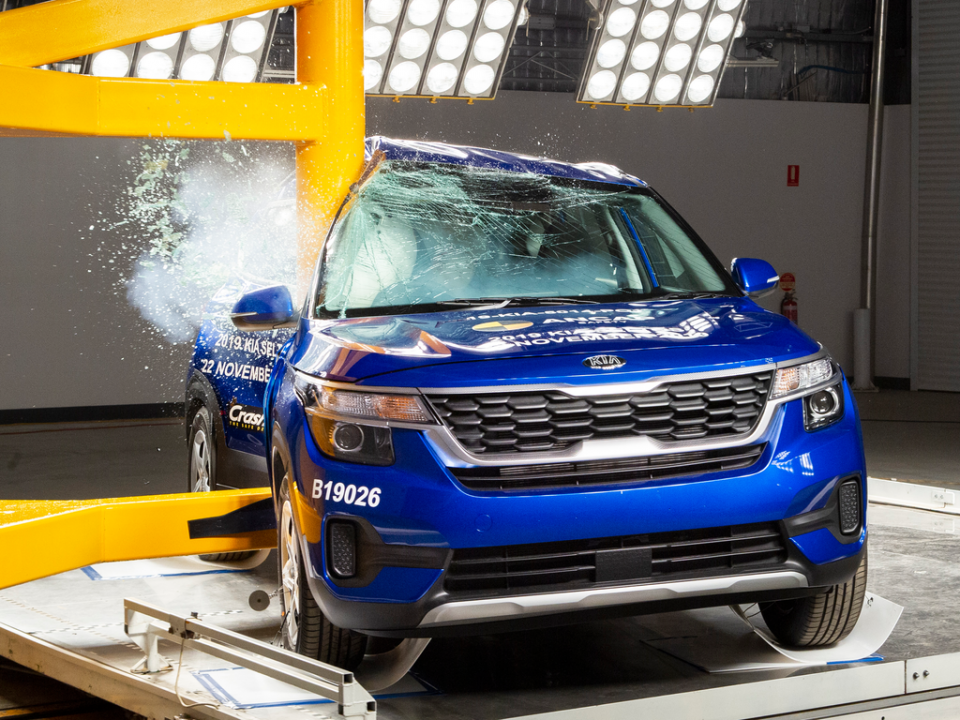
The Seltos scored a full five stars in ANCAP assessment conducted in 2019.
Adult occupant protection was rated 85 per cent with child occupant protection at 83 per cent. Vulnerable road user scored 61 per cent while safety assist returned a 70 per cent result.
Standard on the Sport+ grade is the all-speed autonomous emergency braking system (plus related adaptive cruise control) that integrates pedestrian and cyclist detection as well as junction assist.
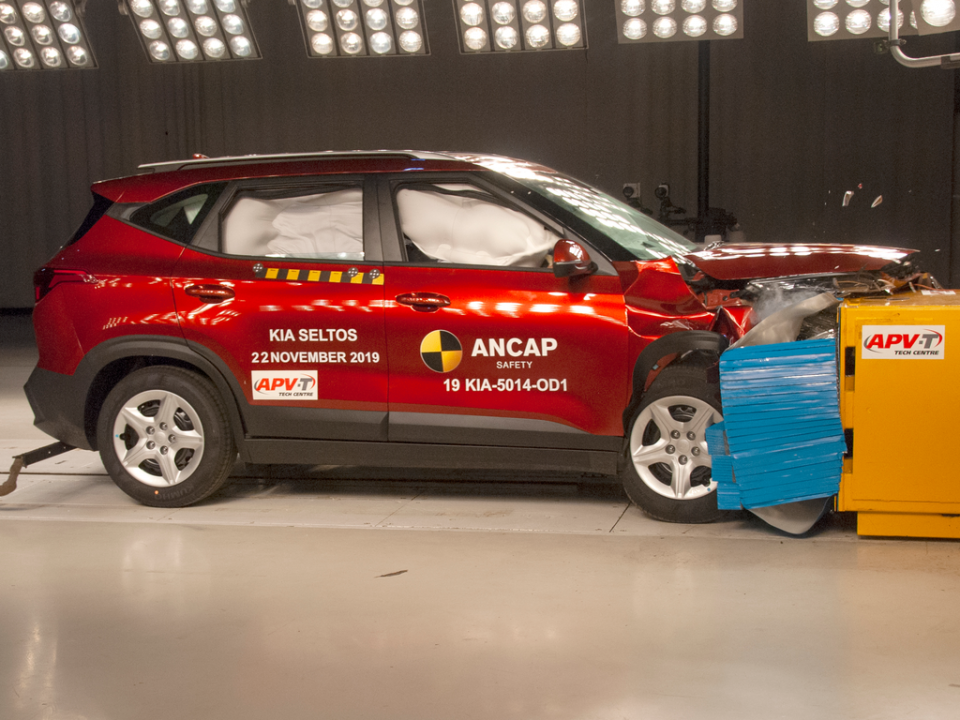
Lane departure warning and lane keeping assistance is fitted though there’s no lane-following system as offered in GT-Line.
The aforementioned blind-spot and rear cross-traffic systems are exclusive to higher-grade Seltos variants, as is the driver attention alert ‘plus’.
The Seltos fits six airbags as well as ISOFIX mounting points on the outboard rear seating positions. Downhill brake assist and hill-holding functionality are also included in its safety and assistance suite.

Undoubtedly one of the key Seltos draw cards is its size, or at least the sense of it. Parked up, it appears on plump side of ‘small’ and little larger – visually and by the tape measure – than key rival and platform-mate Kona.
In short, it’s big enough to appeals to buyers after genuine SUV practicality, yet compact enough to lure the youthful or young-at-heart empty nesters after more of a funky urban runabout format.
That said, size for the sake it is a double-edged sword. I took my contemporary Golf-owning mum for spin in Seltos for feedback: “It’s way too big for my needs,” is her assessment.
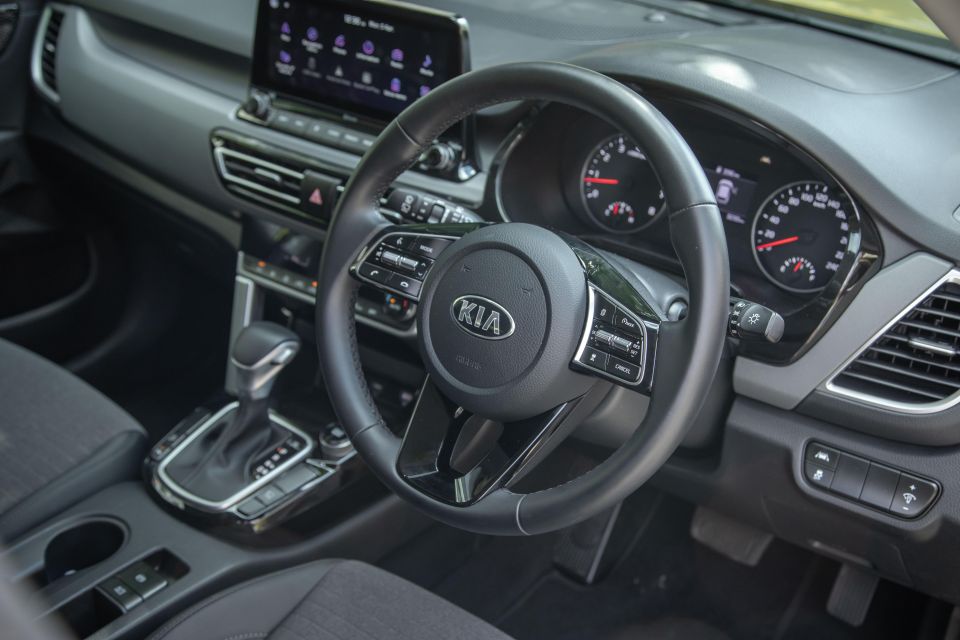

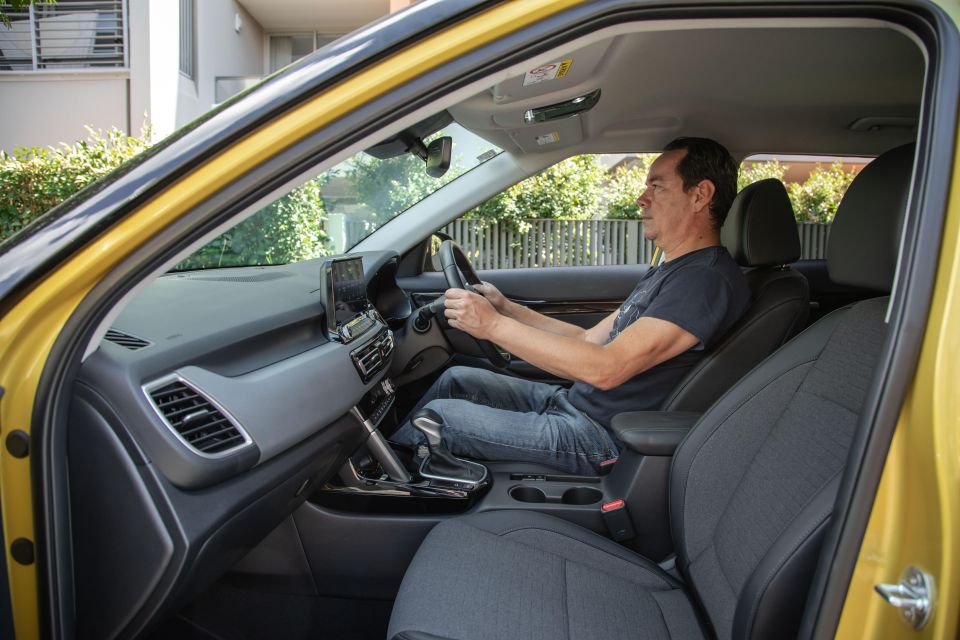
It certainly presents well on first impression and maintains it well enough throughout acclimatisation. The Seltos seems solidly built and has a nice roomy ambience in the first row, undoubtedly anchored in a design that’s neat, mature and generally unfussy. There’s a lot to be said for clear and simple displays and logical placement of switchgear and controls.
It’s minted in fairly dark greys with a nice two-tone effect with the cloth and faux leather seat trim, accented with sating silver highlights and a bit of a heavy handed with the piano black, but it all conspires to a fittingly presentable vibe with a bit of an upmarket spin.
The plastic vibe is a touch conspicuous, particularly on the top trims and in the cubbies that rattle your personal effects too enthusiastically, but general execution is pleasingly resolved.
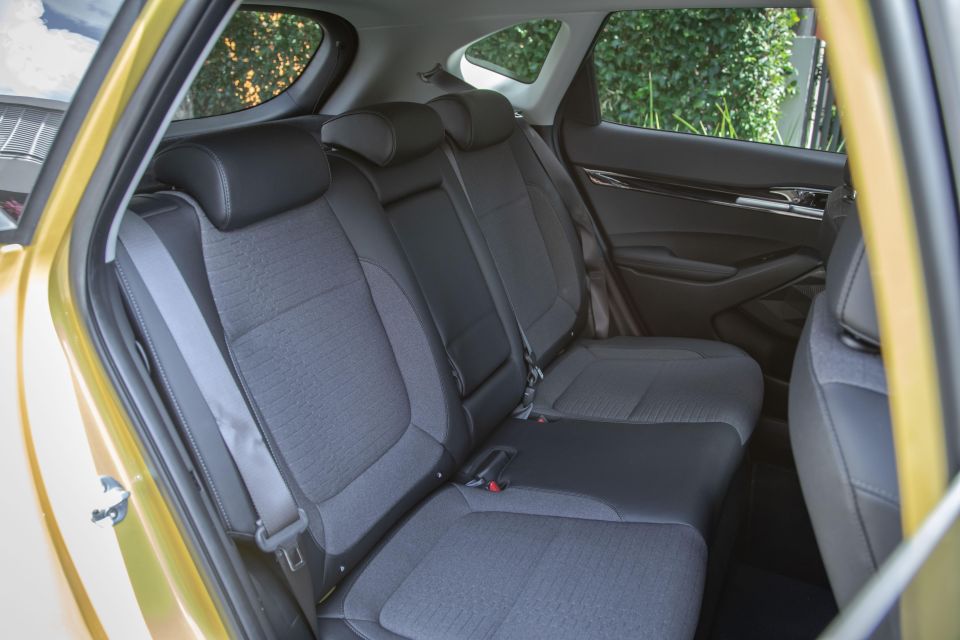
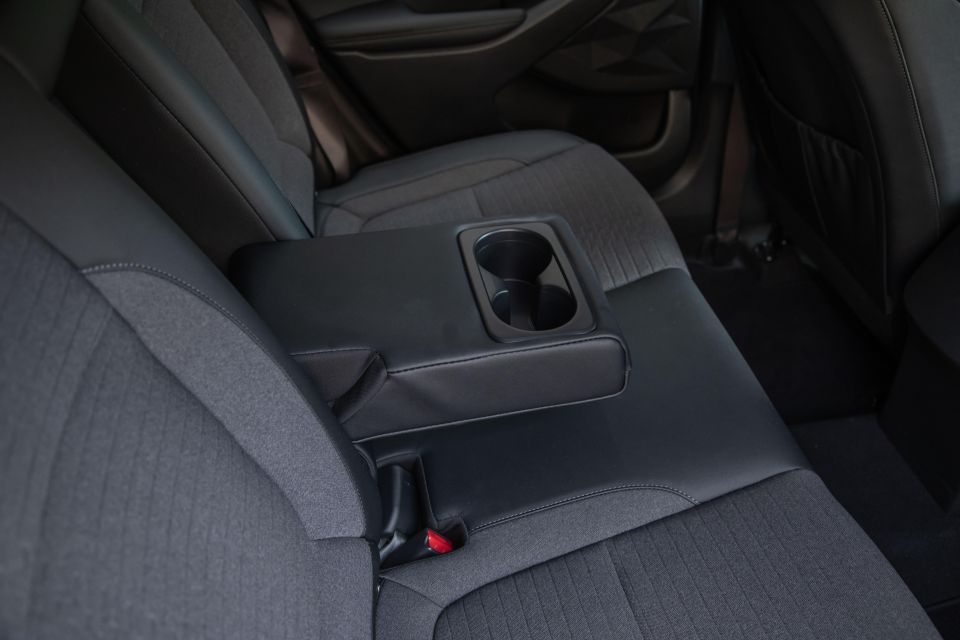
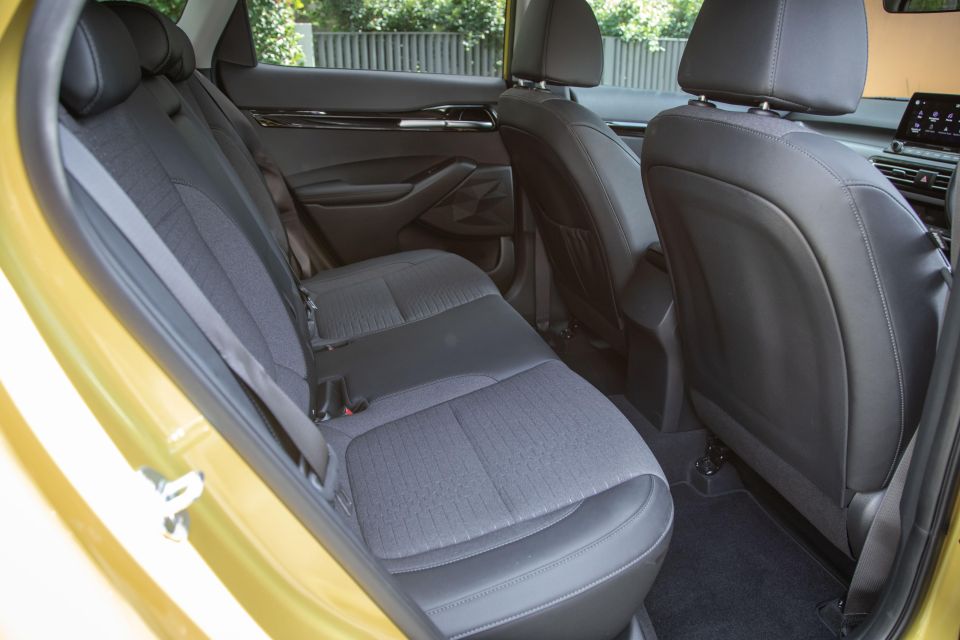
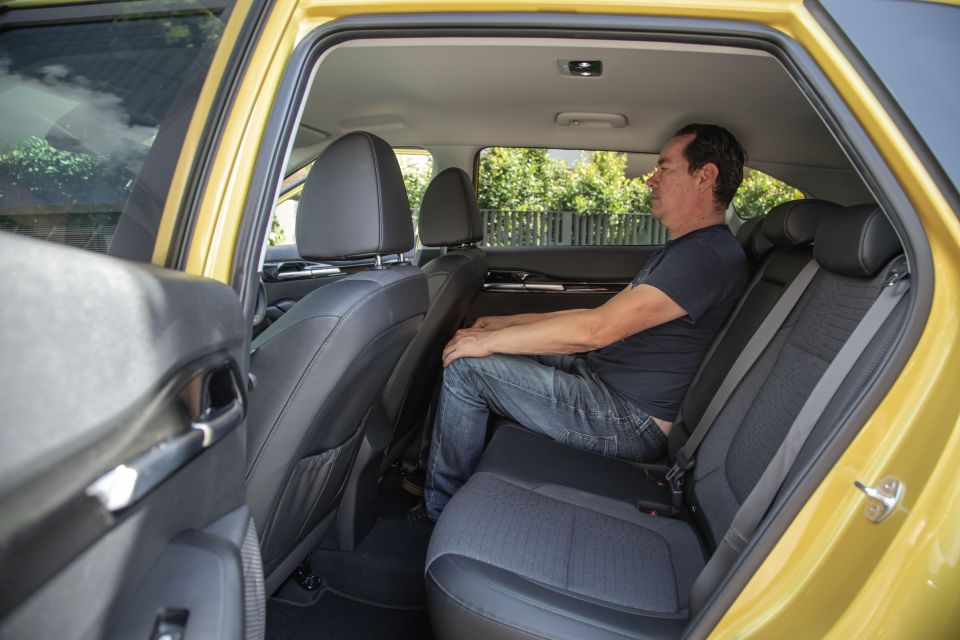
For the driver, the seating is pleasant and the controls are ideally located, with a nice leather grade for the wheel rim and transmission selector, and while the instrumentation has a basic look it’s supremely legible at quick glance. The LED lighting, where you touch the lens to switch them on and off, is very neat.
The 10.25-inch touchscreen is, at once, an impressive looking bit of gear and oh-so familiar, mainly because it’s fast becoming the go-to mainstay for every Kia and Hyundai you care to climb into. Here, in the Seltos, it’s flanked by a handy array of real audio control dials and proper climate control buttons, offering quick shortcuts to many of those oft-adjusted features.
It offers a pleasingly sparse home screen, fairly logical usability and nice high-resolution clarity, particularly the sat-nav system, and its appearance brings a nice sense of occasion to the cabin look.
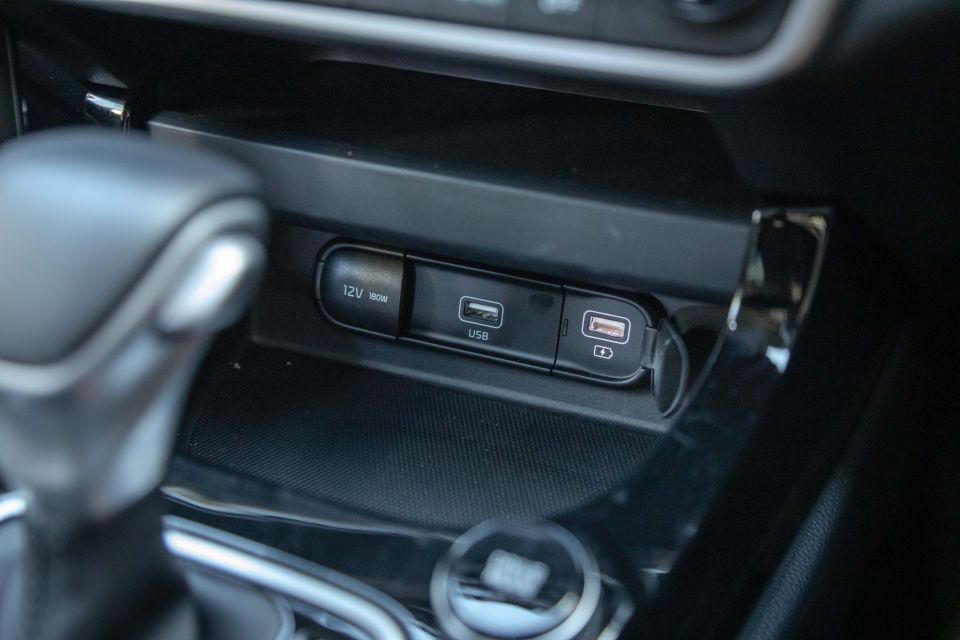
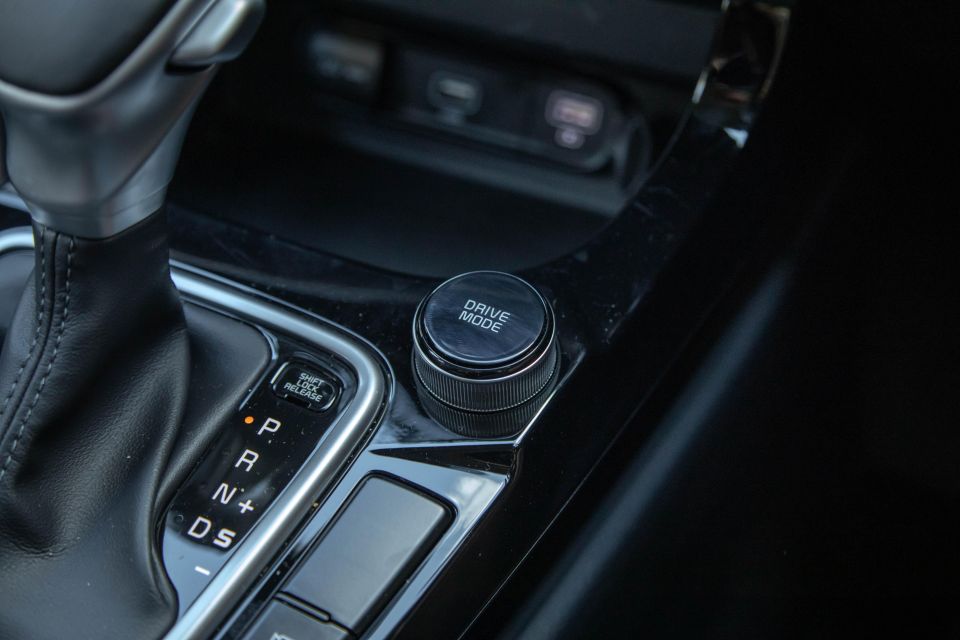
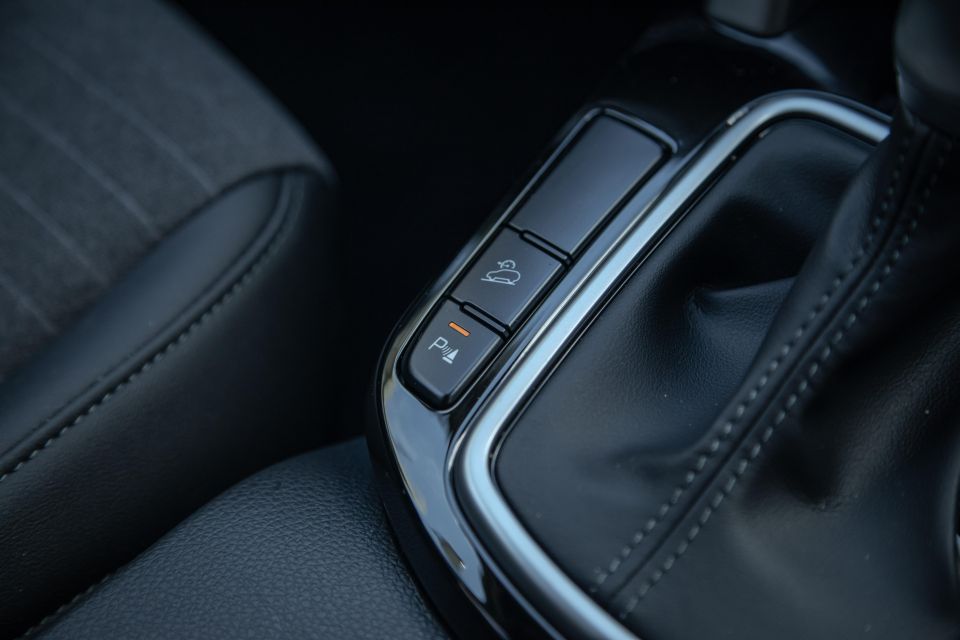
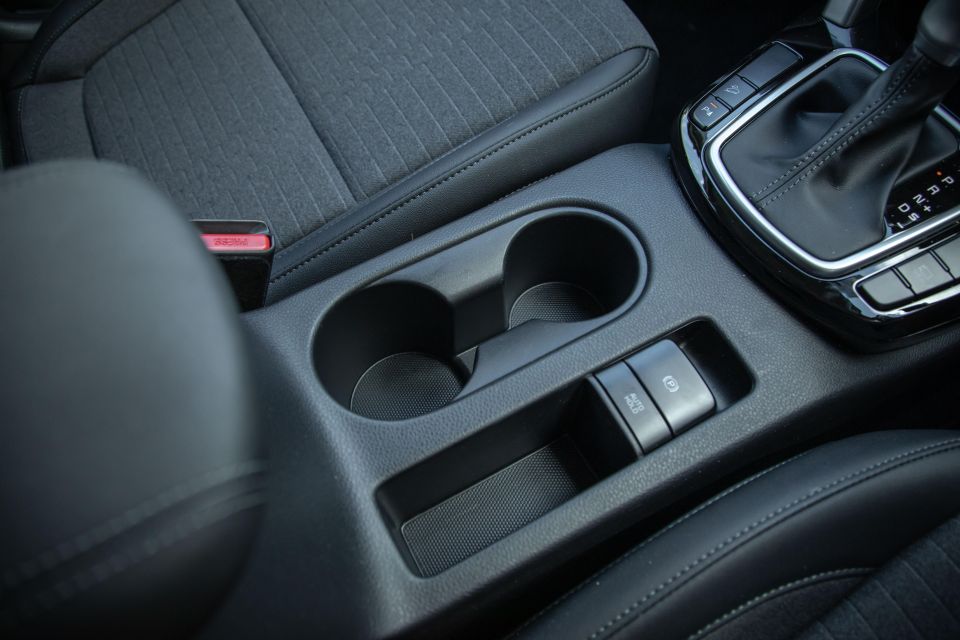
Those bundled in ambient ‘sounds of nature’? They remain a novelty I can’t imagine many owners will ever use on purpose, those they do seem to crop up by accident when activating ‘media’ without a device connected.
The Sport+ doesn’t fit inductive phone charging and, in what’s a curious quirk amongst the Korean marques, only the base variant’s 8.0-inch infotainment systems features wireless Apple and Android smartphone mirroring. That said, the dual USB ports are logically located close the phone cubby and there’s also a neat hidden phone slot sat above if you need to show two devices.
Rear room is decent enough in head, shoulder and kneeroom – ample enough for four-adult long-haul comfort though three abreast is best reversed for short trips.
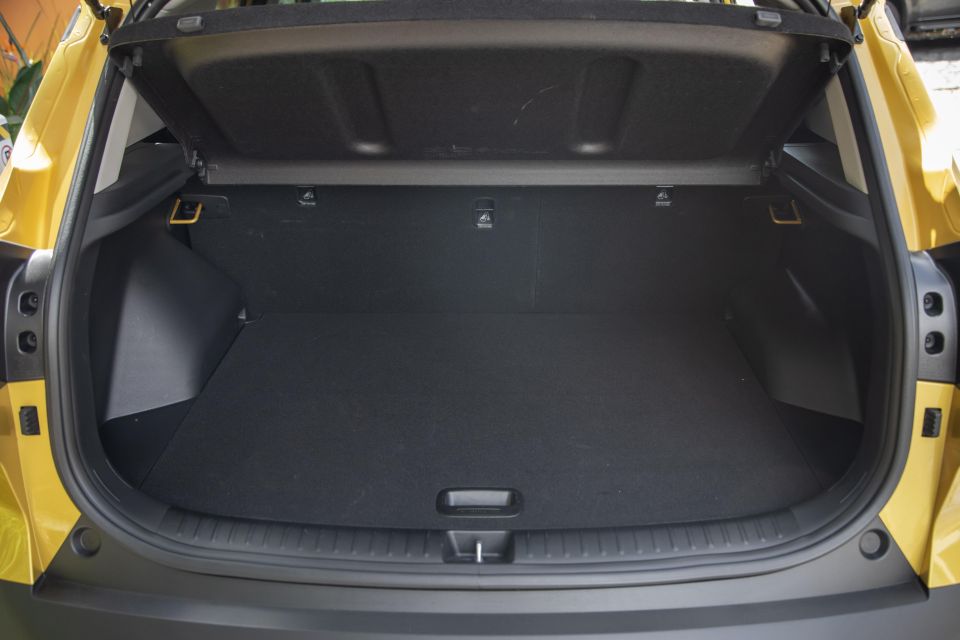
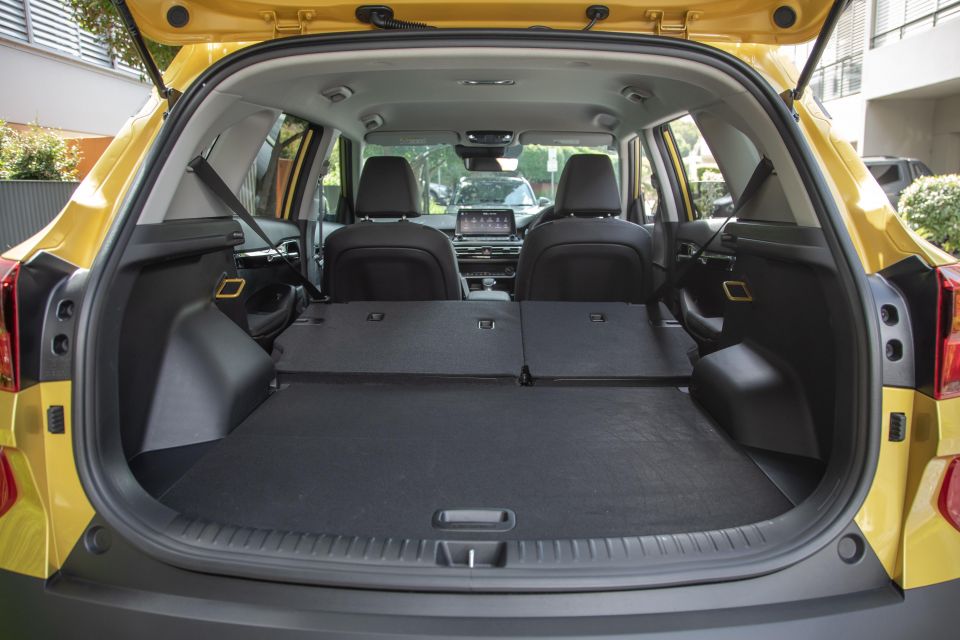
Where expert car reviews meet expert car buying – CarExpert gives you trusted advice, personalised service and real savings on your next new car.
The disappointment is that, bar cup holders in the centre arm rest, there are no creature comforts or conveniences for the rear occupants. The lack of rear air vents and device power of any type isn’t ideal for family-focused machine – you’ll need to stump for the flagship GT-Line to get both.
At 433 litres, it’s a fairly big boot space relative to competitors, though some of the penalty is because of the full-sized alloy spare wheel under the floor – the base S, with its slimmer space-saver spare, offers a slightly larger 468 litres. With the rear 60:40-split seat backs folded, luggage space expands to 1393 litres.
All in all, the Sport+’s cabin is fetching, roomy enough and amply comfy, though even a cursory glance as the equipment list suggests the flagship GT-Line brings with it a fair set-up in niceties in plenty of key areas, especially in row-two fit-out.
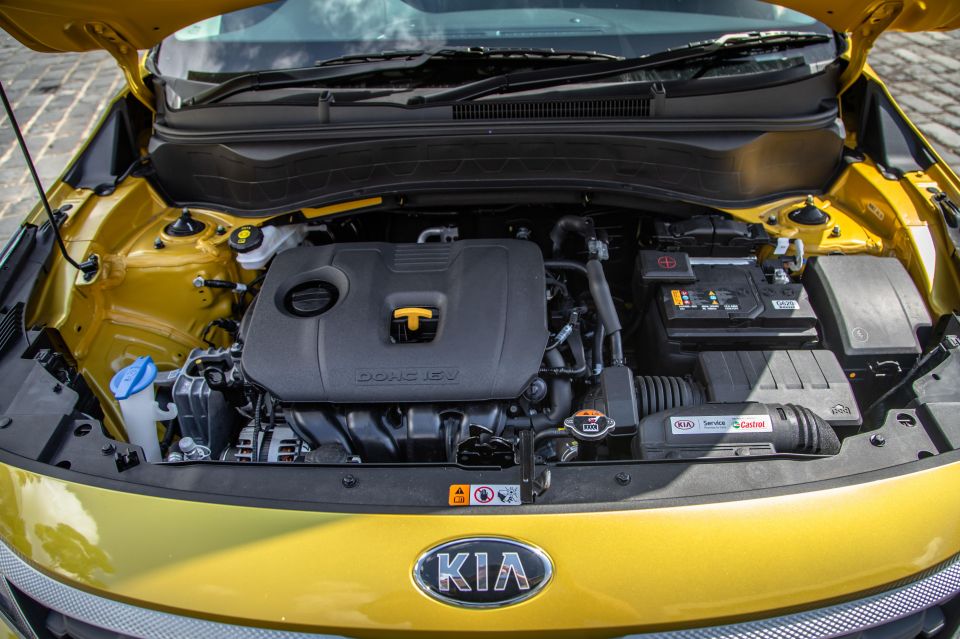
The 2.0-litre naturally-aspirated petrol four produces 110kW at 6200rpm and a fairly modest 180Nm way up at 4500rpm, the high torque peak fairly typical of smaller naturally-aspirated engines. By contrast, the 1.6-litre turbo four offered for effectively a premium charge outputs significant hikes of 20kW and 85Nm, its 265Nm on tap from a much friendlier and useable 1500rpm.
It drives the front wheels via a continuously-variable transmission, runs happily on regular 91RON fuel or E10 in its 50-litre tank and is advertised as returning a fairly impressive 6.8L/100km for the combined cycle.
Honest consumption claim? Indeed. Without leaving the Sydney metro area, albeit with a fair bit of 90km/h cruising around its motorways, the Seltos settled into the low- to mid-sevens.

Impressive given how many vehicles these days make similar boasts and get nowhere near them in real world, around town driving. For the record, the 1.6T has a 7.6L/100km claim, which is quite a bit thirstier on paper.
Unlike its fully independently-suspended all-paw twins, the front-driven versions of the Seltos fit a torsion beam rear suspension design.
Interestingly, the Sport+ is the only front-driver of the range to fit the larger of two braking choices, its 305mm front/284mm rear disc combination more prodigious than the 280mm/264mm-sized stoppers on S and Sport – though these form part of the optional Safety Pack for both lower grades.
Power steering is electrically assisted, with a nice and concise 10.6-metre turning circle. Braked towing is just 1100kg braked or 600kg unbraked, so don’t go planning to haul a horse float with it.
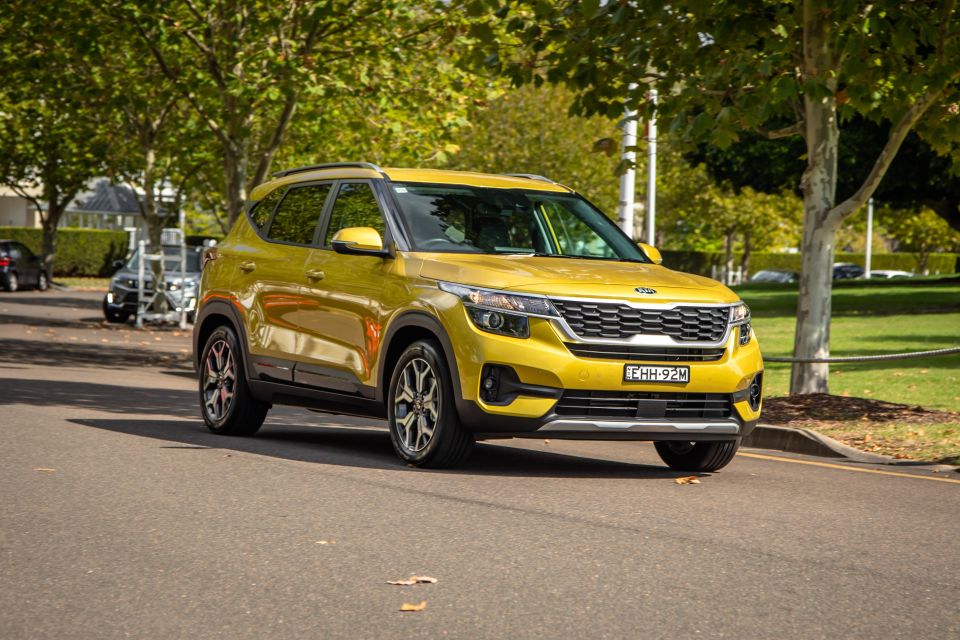
It’s been suggested that because life begins at 200Nm the naturally-aspirated 2.0-litre four doesn’t exactly inspire enthusiasm. I’ve driven a few Seltos 1.6T DCT versions, found them to punchy and suitably refined, and almost pegged the turbo as the default must-have regardless of the extra ($3500) outlay.
But the N/A powertrain won me over, and quickly at that. Response is instant, progress is assertive enough, and while peak torque might not arrive until you really give it the berries there’s surprisingly fulsome heaps of it around the 2000-3000rpm band Seltos tends to settle into for most requirements around town.
It’s more eager and flexible than its advertised outputs suggest, and certainly more keenly tuned and finely calibrated than some of the comparatively spineless naturally-aspirated alternatives out there in other SUVs.
It helps, too, that the CVT’s stepped programming varies rpm subtly and suppresses engine speed just enough during normal driving to stave off excessive sonic raspiness from the 2.0-litre unit.
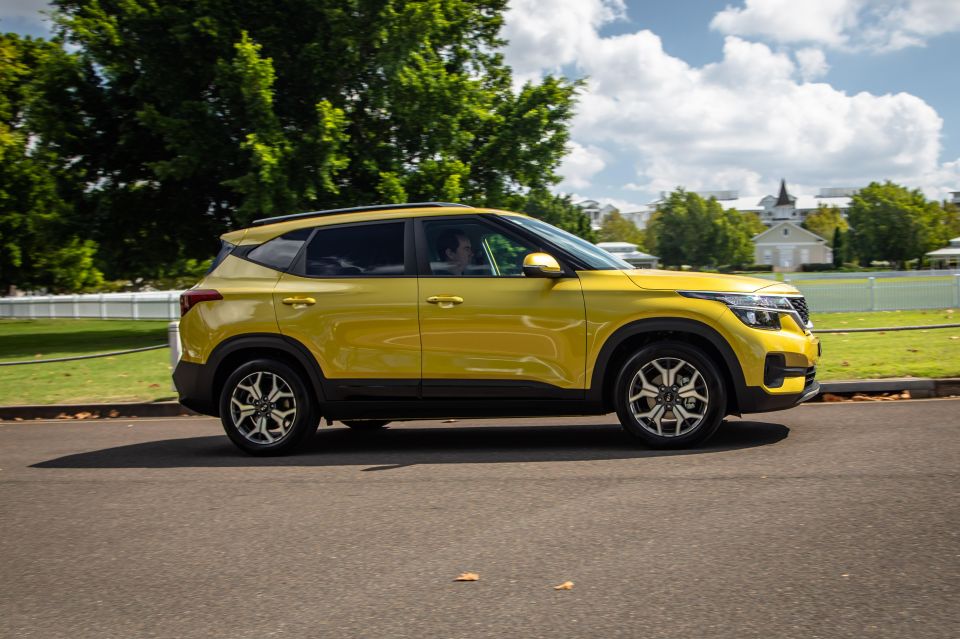
Sport mode adds a nice little low-end torque hump but does raise the powertrain out of its dignified cruising mode. It’s not too unruly a mode for around town driving, though it does also add a touch of unnecessarily leaden weight to the otherwise fluid steering feel. In short, Normal is amply well-rounded enough to rarely warrant reaching for the drive mode control.
It’s a polished drive, with middling ride comfort tempered by decent compliance and neither axle is overly terse over sharp hit or speed bumps. It feels solid, too, with a sense of dignity in progress thanks to fairly decent ambient and wind noise suppression, though the 215mm Kumhos do tend to rumble loudly over coarse chip road surfaces.
Wind it up and the Seltos remains planted and surefooted out on the highway and its lithe 1355kg mass makes it feel light on its rubber and cooperative in the corners.
Outward visibility is good and it’s easy to judge and park, even if the reversing camera is touch grainy. The lane-keeping smarts, too, allow a fair window of fudge factor before they feel the need to weigh into the driving experience.
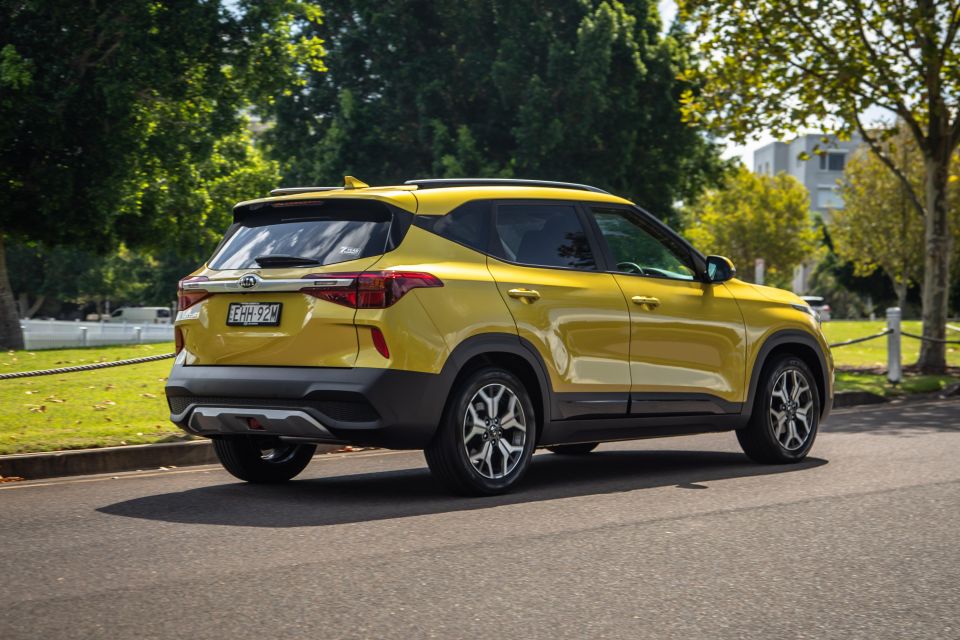
If there’s one utter annoyance on road, it’s the speed camera warning system. It’s loud, intrusive and far from consistent in picking up all fixed cameras, and while deep in the sub-menu system you seem to be able to fiddle with its calibration but there’s no sign of an ‘off’ switch.
Related or not, the Seltos also seems to bing, bong and chime on the move as a matter of warning for reasons it decides it doesn’t need to elaborate on.
Dodgy camera alerts apart, the Seltos Sport+ certainly proves that natural aspiration, CVT transmissions and torsion beam suspension doesn’t necessarily collude to return low-rent motoring.
Indeed, Kia’s small-SUV package proves it’s not what you’ve got that counts, it’s what you do with it – or in this case, it’s how well you execute and calibrate for ideal results.
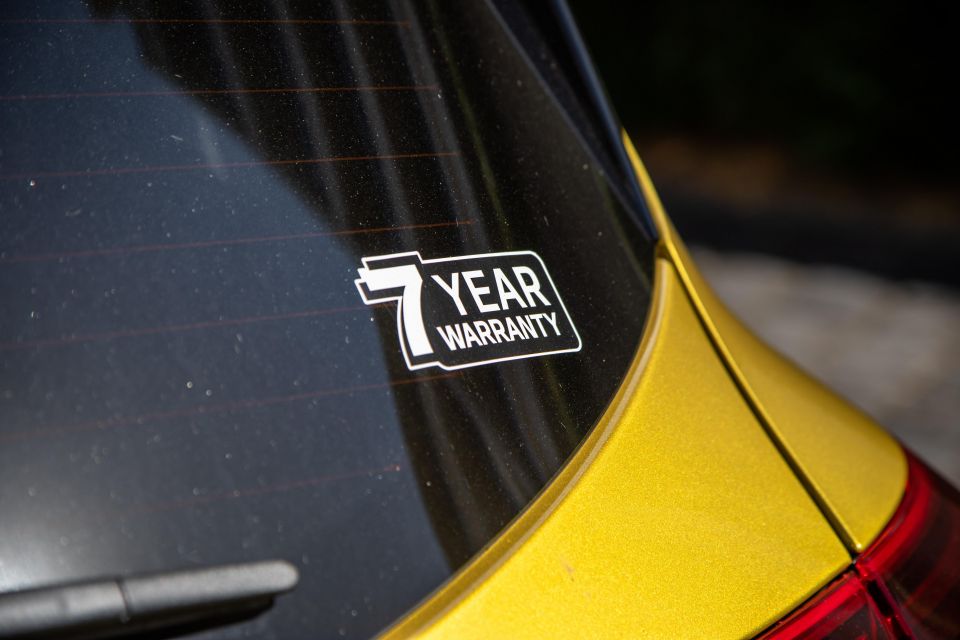
The Seltos is covered by Kia’s excellent seven-year/unlimited-kilometre warranty, with seven years of capped-price servicing and roadside assistance.
Servicing intervals are a typical 12-month or 15,000km, whichever comes first, costing between $261 and $584 across the first five visits for a total of $1914, or an average of $382.80 per year over the first five years.
Again, the 2.0-litre engine happily runs on 91RON or E10 and at mid-sevens for as-tested real-world consumption it’s cheap to fuel and run everyday.
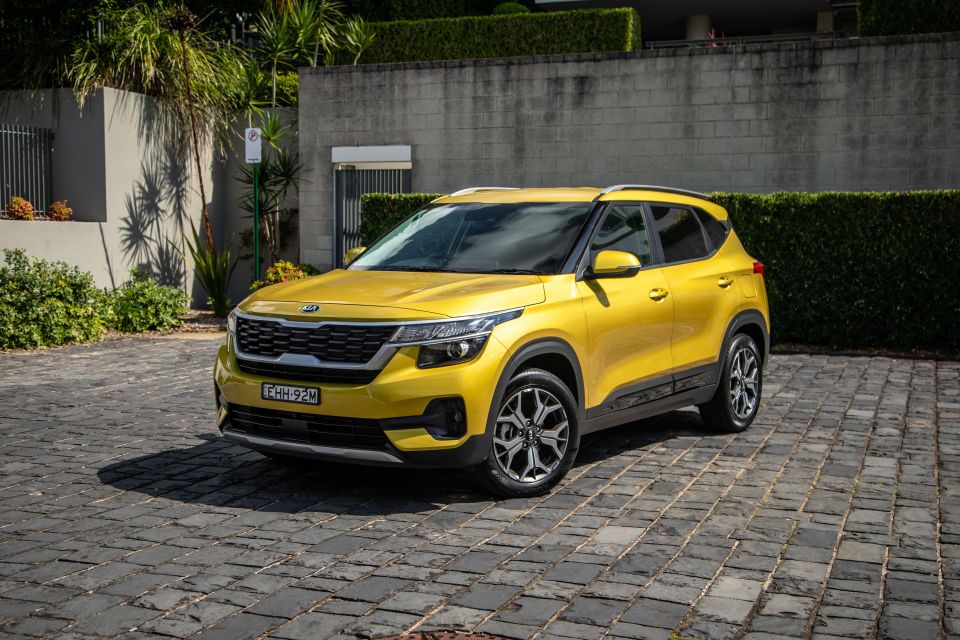
Buy your new car without the stress. It's fast, simple and completely free.

Great service from Travis and team, second time I have used this business would not hesitate to recommend them to anyone
Craig C.
Purchased a Ford Ranger in Sunshine Coast, QLD
CarExpert helped Craig save $7,224 on his Ford Ranger, now let us save you on your next new car.
Get your BEST priceThe broader Seltos range has certainly hit the desired mark with Aussie buyers and while sharp styling and its ‘nice’ size certainly lures you in, it’s perhaps the quality of experience that pays the most handsome dividend.
And as we’ve discovered in reviews past, there’s certainly compelling propositions to be found shopping at either end of the line-up.
So how does the middling Sport+ FWD fare? Really well on singular merit. And despite some pricing creep in its short time on the market, the entire package gels together to maintain a solid value proposition against the vast array of SUV alternatives similar money buys.
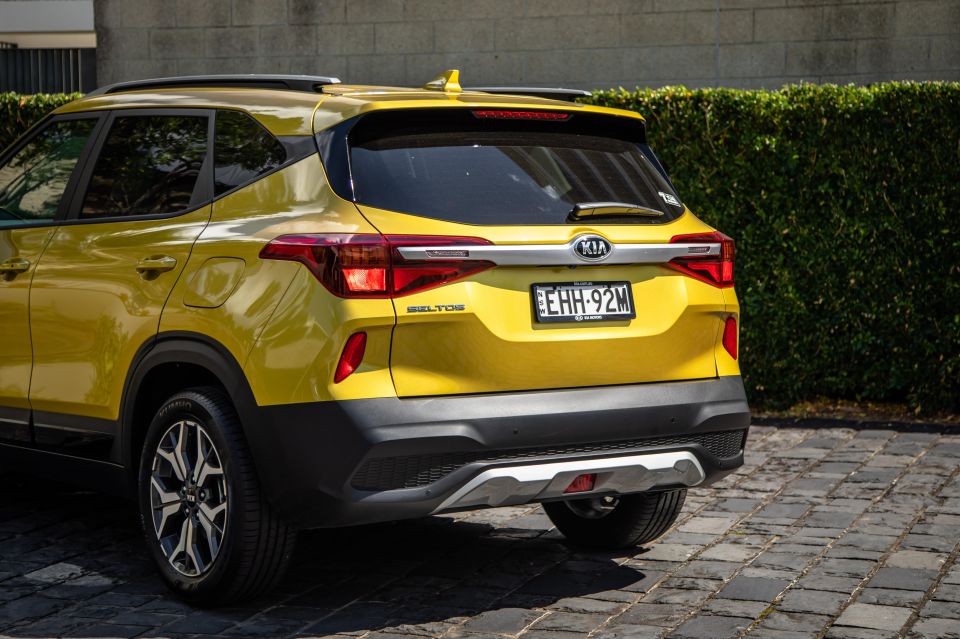
The only disappointment is that, with this particular variant, there’s not much in the way of rolling change to justify the sporadic price nudging – perhaps some LED exterior lighting, or inductive phone charging…
Regardless, the Sport+ FWD is very likeable in a good many areas and falls short in very few.
If you’re baulking at the whole naturally aspirated part of the equation and figure, like I did, that only the turbo versions measure up, do yourself a favour and give one of the two-litre variants a spin.
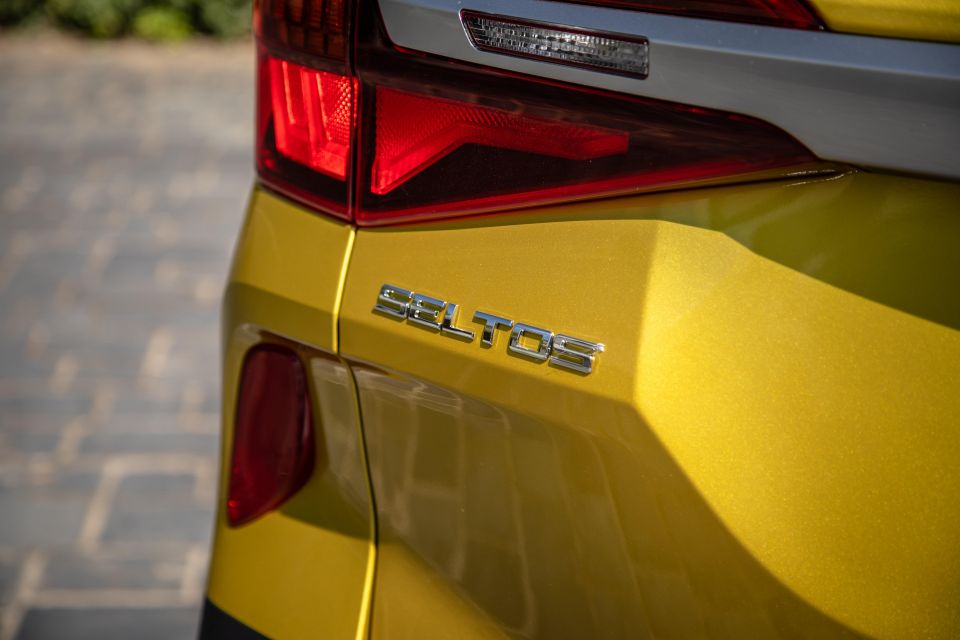
Click the images for the full gallery
Where expert car reviews meet expert car buying – CarExpert gives you trusted advice, personalised service and real savings on your next new car.


William Stopford
1 Month Ago


Matt Campbell
1 Month Ago
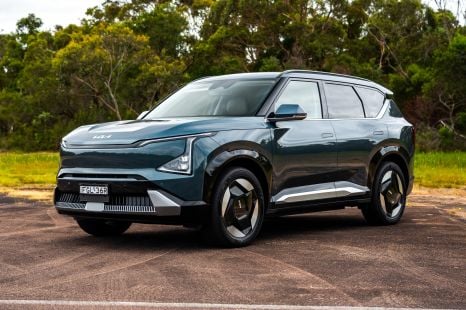

James Wong
1 Month Ago


CarExpert.com.au
25 Days Ago
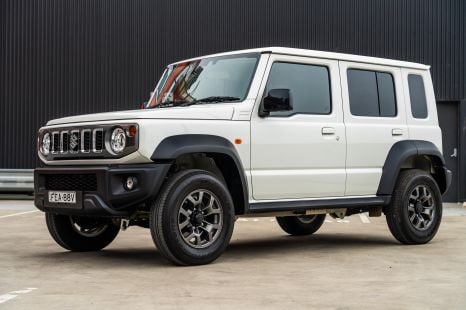

Damion Smy
16 Days Ago


Derek Fung
15 Days Ago